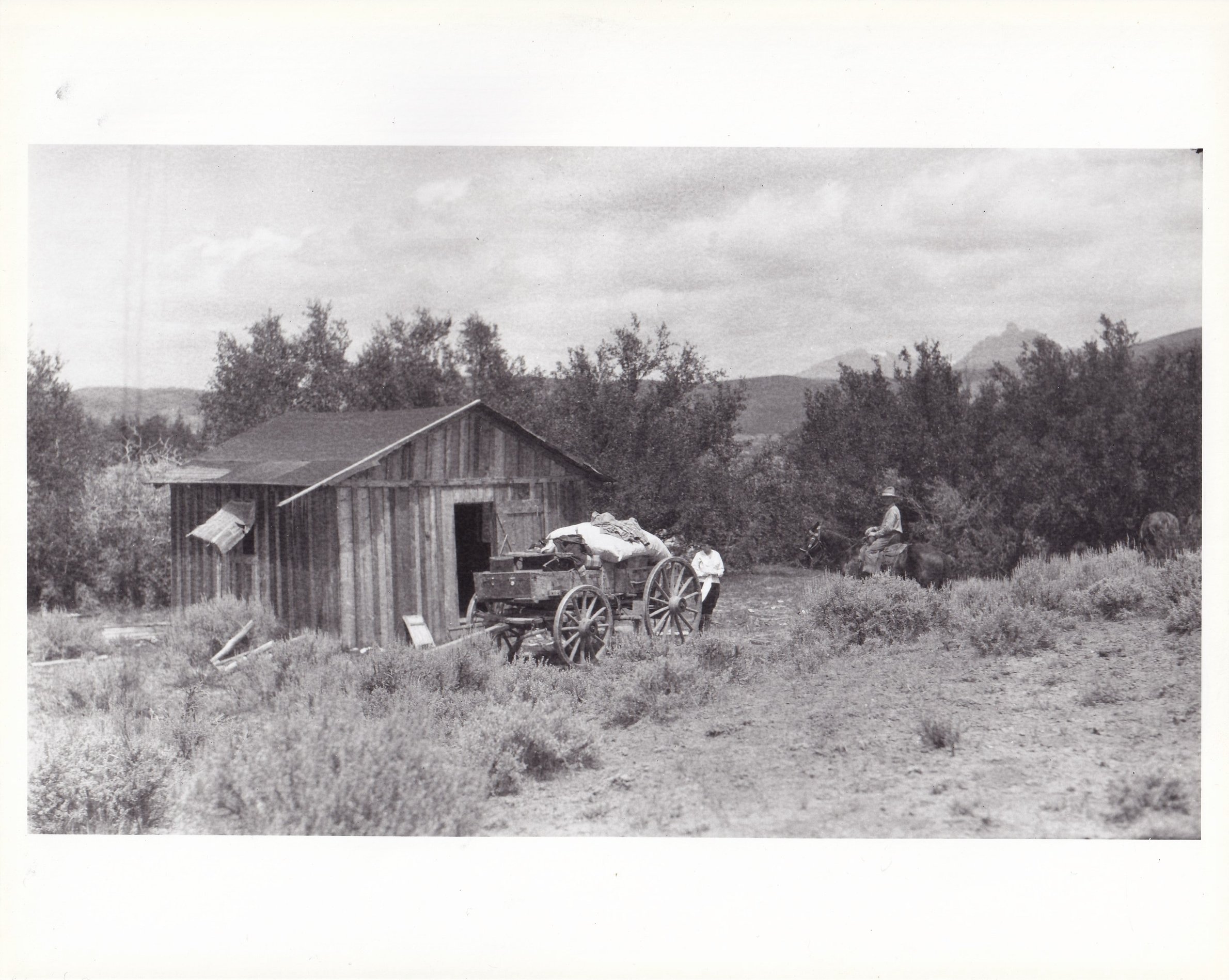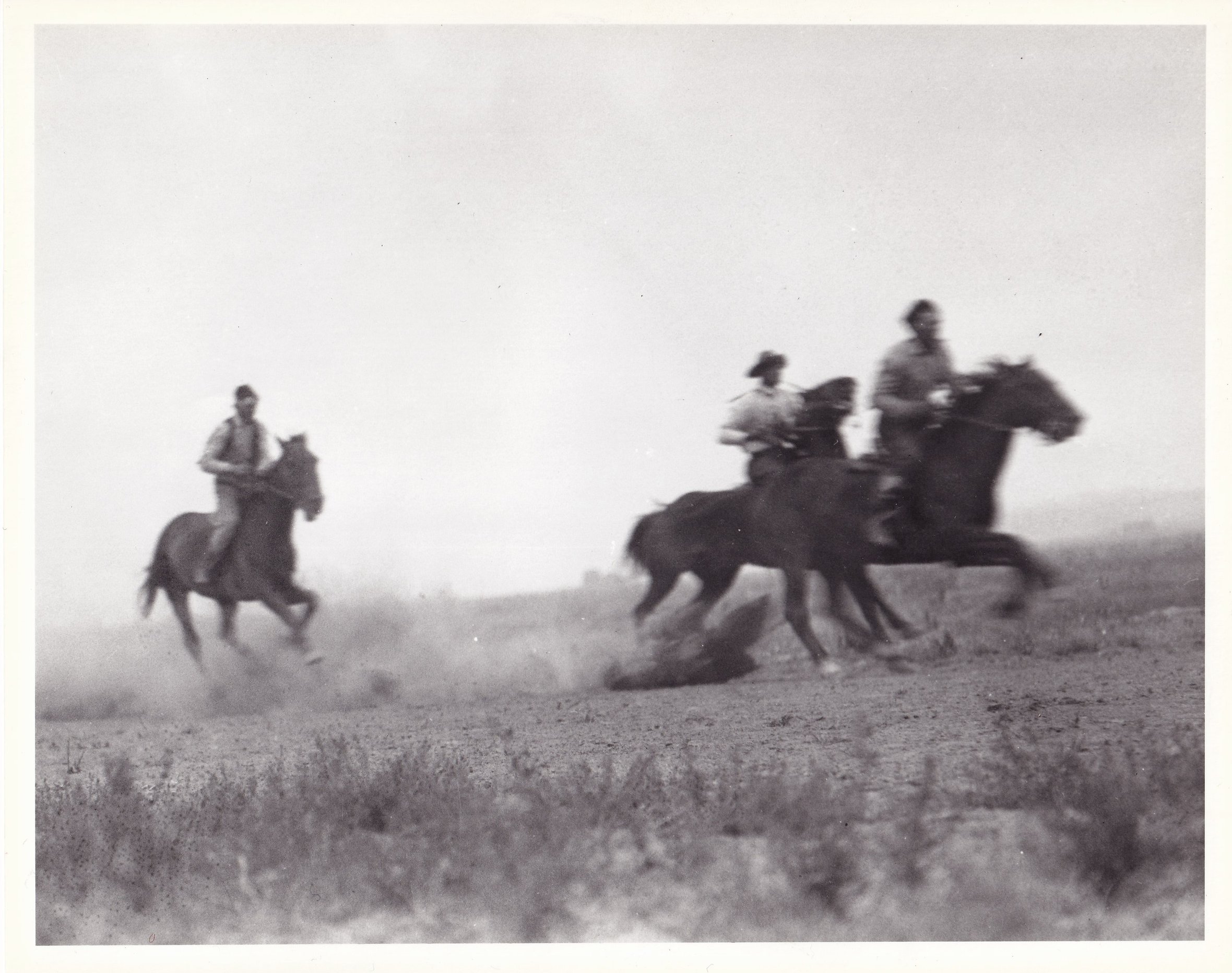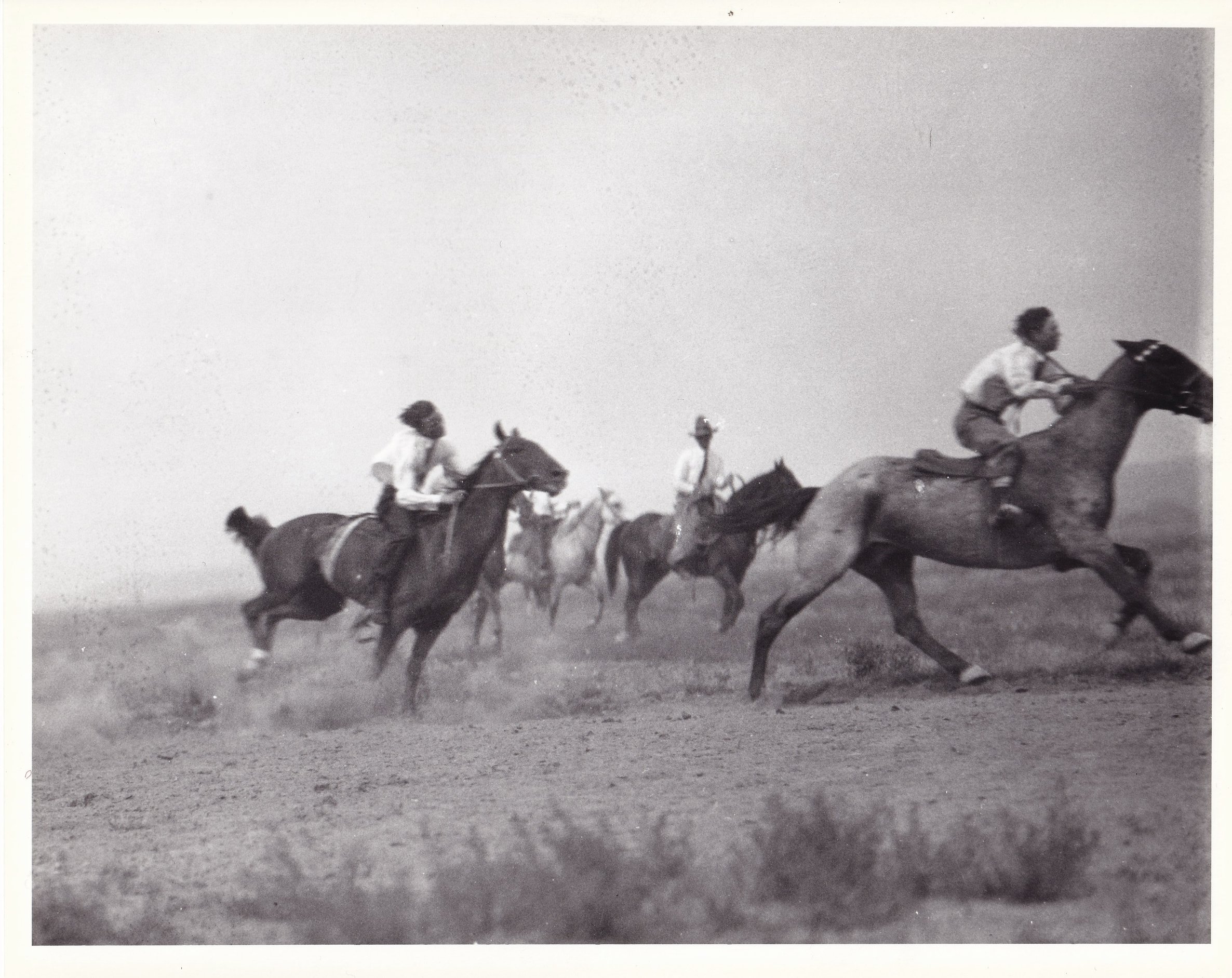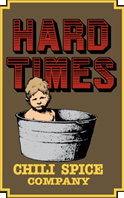History of the Chuck Wagon
Photo of a chuck wagon on an unknown ranch taken by the Parker family in early 1900s
When we think of chili, we often imagine it being cooked up in a big pot over a fire in the great outdoors. This image is not too far from the truth, as chili was often a staple dish on the chuck wagon, a wagon used on cattle drives in the American West in the late 1800s and early 1900s.
The chuck wagon is a symbol of the American West and the cattle industry that helped shape the country. This iconic wagon was the mobile kitchen for cowboys and cattle drivers on long cattle drives. It was a place to cook and eat meals, as well as store food and supplies. The chuck wagon was an essential part of the cowboy lifestyle, and its history is intertwined with the history of the American West.
The chuck wagon was invented by a Texas rancher named Charles Goodnight in 1866. Goodnight was one of the most prominent cattlemen of his time, and he was looking for a way to feed his cowboys during long cattle drives. He took a Studebaker Army wagon and made modifications to it to create a mobile kitchen. The Studebaker was a tough army surplus wagon that could last months of hard driving on the trails. Goodnight designed his very own “chuck box”, containing a number of shelves and drawers. He fitted this box to the back of the wagon and it served to keep the cook’s things in order. The box had a hinged lid, and when the cook shut it, he would have a perfect surface to fix meals on. A water barrel holding a two days’ water supply was also attached.
Charles Goodnight, inventor of the chuck wagon
Goodnight's invention was a game-changer for the cattle industry. Before the chuck wagon, cowboys would have to rely on hunting for their food or carry supplies with them on their horses. This was not only inefficient but also limited the amount and variety of food they could eat. With the chuck wagon, cowboys could carry enough food and supplies to last them for weeks, and they could cook a variety of meals. This meant that they could focus on driving the cattle and not worry about food.
Side view of a typical chuck wagon
The chuck wagon was also important for the morale of the cowboys. The long cattle drives were grueling and often dangerous. A hot meal at the end of the day was a welcome relief, and it helped to boost the spirits of the cowboys. The chuck wagon became the center of social life on the trail, and it was a place for cowboys to gather, tell stories, and relax after a hard day's work.
The most famous dish associated with the chuck wagon is chili. Chili was a popular dish among cowboys because it was easy to make, it could be cooked in large quantities, and it was filling. Chili also had the added benefit of being spicy, which helped to mask the flavor of less-than-fresh meat. The origins of chili are somewhat murky, but most food historians agree that chili likely originated in Texas in the 19th century.
The recipe for chuck wagon chili varied from cook to cook, but it typically included beef, onions, garlic, tomatoes, and chili peppers. The ingredients were cooked together in a large pot over an open fire, and the dish was usually served with bread or crackers. Some cowboys liked to add beans to their chili, but this was not always a popular choice among the cooks.
The life of a chuck wagon cook was not an easy one. The cook was responsible for feeding a large group of hungry cowboys, often in harsh and remote conditions. The cook had to be resourceful and creative, using whatever ingredients were available to create meals that were both nutritious and tasty. The cook had to be skilled in cooking over an open fire, and they had to be able to adjust their cooking to accommodate the changing weather conditions. A wagon cook had to get up at 3 a.m. to start his fires and biscuits and he wouldn't get to bed until after dark, so he had a reputation for being cantankerous and mean. Despite this, the cook was the most sought after and well-respected member of the crew, as not only was he in charge of the food, he also was in charge of medical supplies and had a working knowledge of practical medicine.



The era of the chuck wagon came to an end in the early 20th century. The invention of the refrigerated railcar meant that cattle could be transported to markets further away, making long cattle drives less necessary. The development of the automobile and truck also made it easier to transport food and supplies, reducing the need for a mobile kitchen. The decline of the cattle industry, due to overgrazing and other factors, also contributed to the demise of the chuck wagon.
Today, the chuck wagon is mostly a relic of the past, but its legacy lives on. Chuck wagon cooking competitions and events are still held across the country, where modern-day cooks can show off their skills and pay tribute to the cowboys of old. And of course, the chili that originated in these wagons lives on.
The Hard Times Chili recipes were concocted in these chuck wagons during the peak of the American cattle drives. My Great Grandfather Ira Goodfellow was a trail drive cowboy at the Waggoner ranch near Wichita Falls, Texas. He herded cattle along the Chisholm Trail, the most important route for cattle drives leading north from the vicinity of Ft. Worth, Texas, across Indian Territory (Oklahoma) to the railhead at Abilene, KS. It was a 520-mile-long trail that took months to complete. The recipe he learned during this time was guarded closely by the family and went on to become the world-famous Hard Times Texas Chili.
1873 Map of Chisholm Trail with Subsidiary Trails in Texas
While every bowl of chili is a nod to American’s wild west history, Hard Times Chili distinguishes itself as a direct connection to this era, having been eaten on these very cattle drives, in these very chuck wagons. You are eating what the cowboys ate during the time period which so defined us as a country.
To close, the chuck wagon was a key part of the American West and the cattle industry that helped to shape the country. Chili was one of the most popular dishes cooked in the chuck wagon, and it remains a popular dish to this day. While the era of the chuck wagon may be over, its legacy lives on in the cowboy lore of the American West, in the few chili joints that remain, and in the pantries of those who still appreciate the taste of America.




